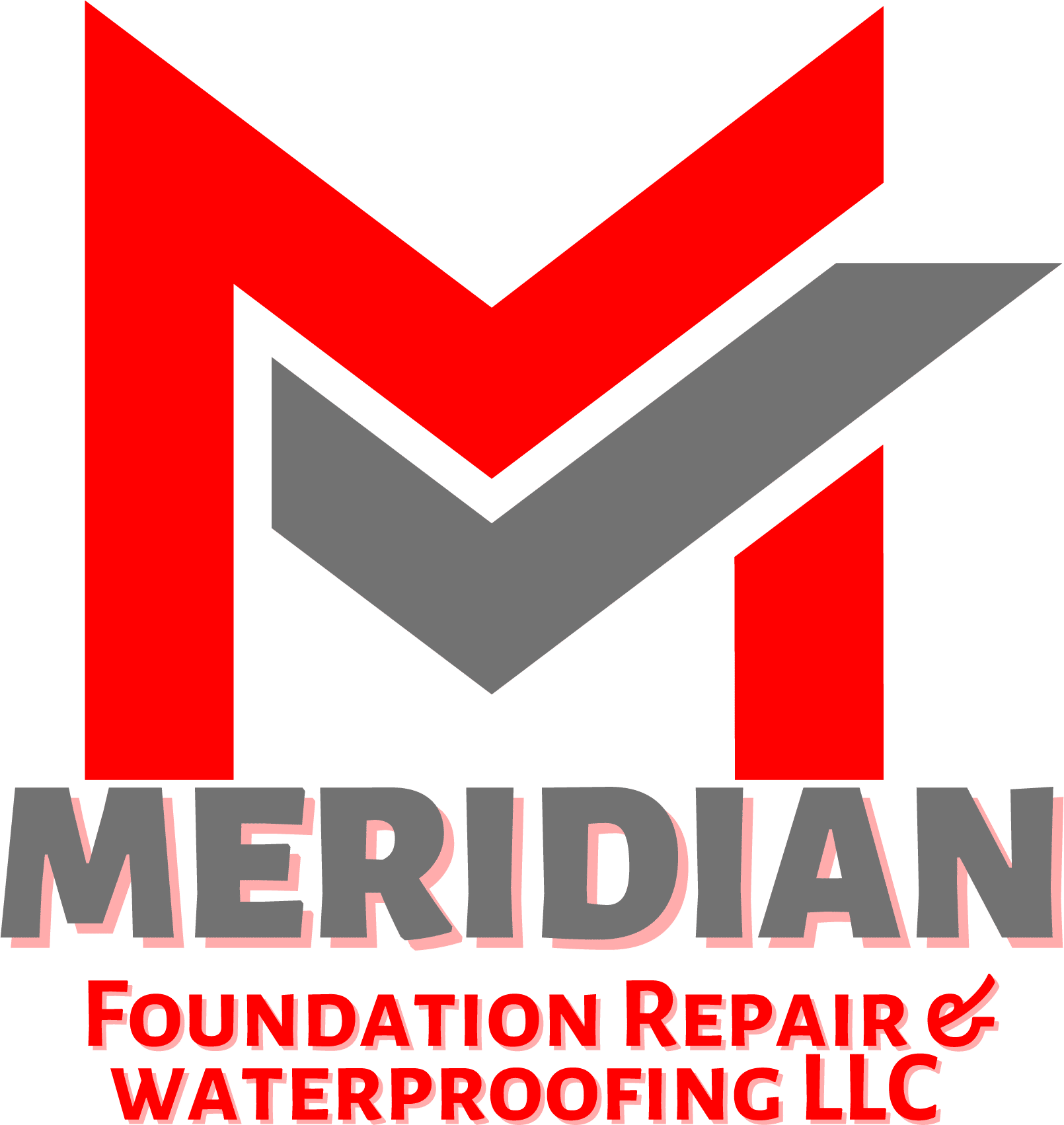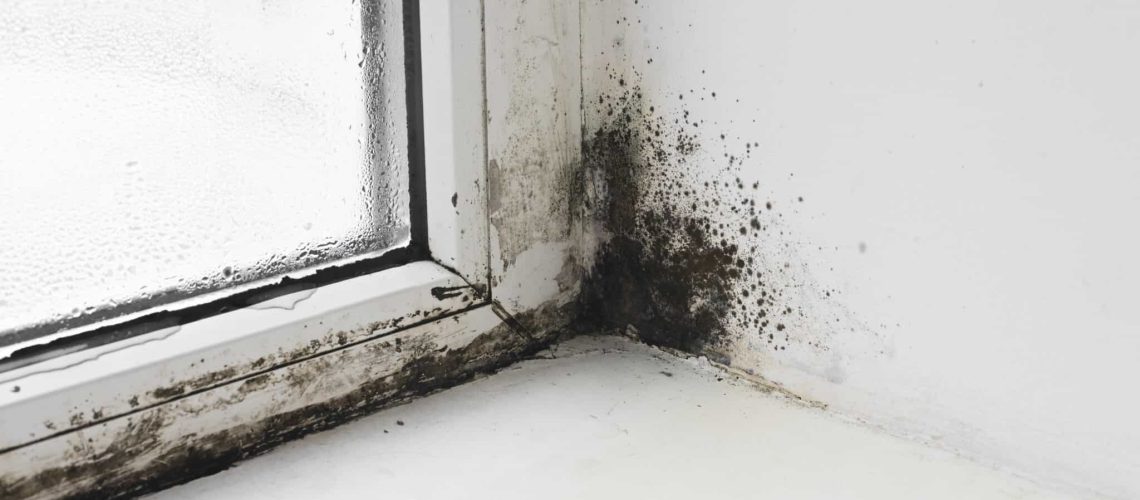Any property, whether owned or rented, is susceptible to mold development. Not only may it harm your health, but it could also damage your property. We know it sounds frightening, so we came up with this short guide on how to deal with unpleasant mold. From detection to prevention and removal – let’s dive in!
But First, What Is Mold?
Mold is a fungal growth that loves wet, humid conditions. Its reproductive mechanism involves the release of microscopic spores into the air, which can then land on various surfaces. Bathrooms, kitchens, basements, and other damp or water-prone areas are typical breeding grounds for mold.
Finding the source of the mold is the first step in eliminating it. You can’t mistake it for something else, as the moldy spots can be any color from black and green to white and orange, and it might also smell musty. Mold growth on walls, ceilings, or furniture is a common indicator, as is a musty odor that won’t go away and allergy-like symptoms like sneezing, coughing, or skin irritation – particularly if they get worse in one room of the house.
What Causes Mold In Properties?
To effectively avoid mold, it is vital to understand what produces it. Mold thrives in damp environments, which can be caused by several factors.
Think excessive amounts of water – such as from leaks, floods, or high humidity levels, lack of adequate ventilation – which can lead to condensation on cold surfaces, and even the presence of damp materials – such as wet carpets, fabrics, or drywall.
Preventing And Dealing With Mold
You guessed it right, preventing mold is easier than removing it, so maintaining a mold-free home is possible using a variety of methods. For example, proper ventilation in bathrooms, kitchens, and laundry rooms is a great first step when battling mold. Having air circulate is essential for preventing mold growth, as is fixing leaks quickly and using dehumidifiers to keep indoor humidity levels below 60%. Additionally, drying any damp areas within a day or two can help control moisture levels.
Aside from ventilation, there are also a few more ways to let air circulate such as to open windows and let in natural light and air, to use ceiling fans and portable fans to increase circulation, and to move furniture away from walls so air can flow more freely. Moreover, keeping things tidy is yet another proven tactic to prevent mold. Prevention of mold can be achieved by a combination of measures, including frequent surface cleaning, the use of mold-resistant materials in moist places, and the presence of houseplants that assist in lowering indoor humidity levels.
Quick and safe removal of mold is of the utmost importance if you find it in your home. In most cases, you may undertake mold removal on your own if the affected area is smaller than 10 square feet. Do your best to avoid contact with mold spores by using protective clothing including gloves, goggles, and a mask! We don’t want you to get hurt. You may use a commercial mold remover or make your own cleaning solution by combining water and detergent.
Here’s a pro tip: you could achieve good results on non-porous surfaces by mixing one cup of bleach with one gallon of water. To keep mold spores from floating around, use a brush to scrape surfaces, but be careful not to scour them dry. Thoroughly dry the area after rinsing it with clean water. Place uncleanable items in plastic bags and throw them away. This includes things like mildewed carpets.
Finally, it is sometimes a better idea to call the experts, especially if you have a bigger infestation or mold development due to sewage or polluted water. Get in touch with a licensed mold remediation specialist who has the training and tools to safely tackle large-scale mold infestations. To stop the spread of mold spores, professionals will typically create containment zones while cleaning up mold infestation. Drywall, insulation, and flooring are among the items that will be cleaned or removed if they are polluted. After that, they will fix any sources of moisture and dry the space completely.
How Does Mold Affect Our Health?
Mold can cause severe health problems for anyone, especially to those who are already dealing with allergies, asthma, or compromised immune systems. In addition to difficulty breathing, other symptoms may include stuffy nose or sinuses, red eyes, irritated skin, and chronic coughing or sneezing. Don’t ignore these signs – seek medical help and get rid of mold immediately if you or anybody in your household has any of these symptoms.
Dealing With Mold In The Long Run
To prevent the recurrence of mold, it is important to put in place long-term strategies. You could start by checking for mold on a regular basis, particularly in damp locations. This would work perfectly with keeping your home’s plumbing, gutters, and roof in good repair to avoid leaks. Don’t forget to maintain an interior humidity level below 60% by keeping a hygrometer handy. And finally, teach everyone in the house how to spot mold and how to keep it from spreading.
Final Thoughts
For effective identification, prevention, and removal of mold in your home, you need to take an active strategy. Your property and health can be protected from mold’s harmful effects by finding its sources and taking all measures to clean it. The way to a mold-free property is not so hard if you follow our suggestions and tips from above. Now don’t waste any more time – mold could be hiding somewhere at your place – go check it out!


